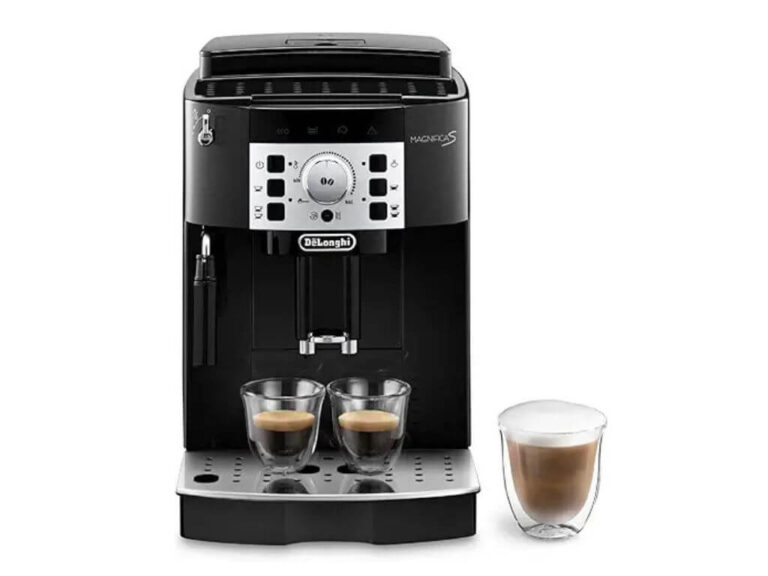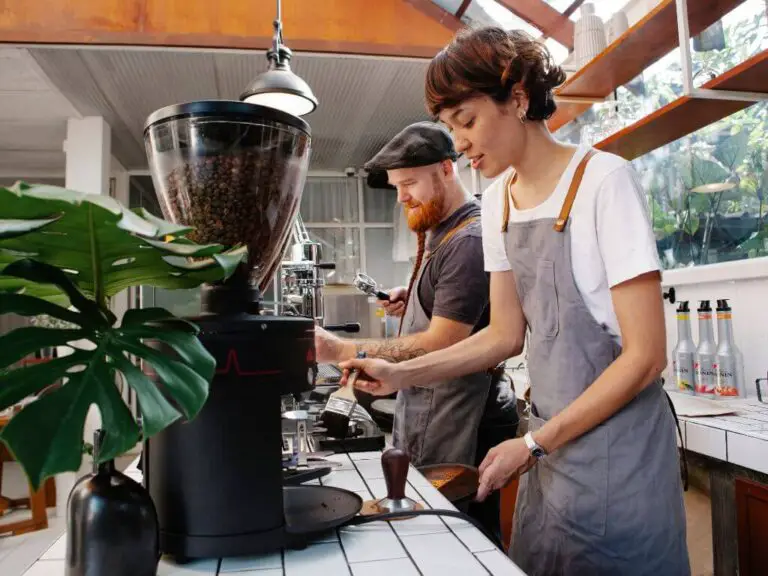Burr Grinder vs Blade Grinder: Pros, Cons, and Which to Choose for Perfect Coffee
Did you know that your grinder has a bigger impact on your coffee’s taste than your brewing method? That’s right—whether you use a Burr Grinder or Blade Grinder can mean the difference between a smooth, flavorful cup and a bitter, uneven mess.
If you’ve ever wondered:
- Why does my coffee sometimes taste sour or weak?
- Is it worth spending more on a grinder?
- Which one is right for my brewing style?
You’re in the right place! In this guide, we’ll break down:
✔ How each grinder works (and why it affects flavor).
✔ Key differences (price, consistency, noise, and more).
✔ Which one you should buy (based on budget and brewing preferences).
By the end, you’ll know exactly which grinder will give you the best-tasting coffee—without wasting money.
Let’s dive in!
What is a Blade Grinder? (The Budget-Friendly Chopper)
A blade grinder is the most common (and cheapest) type of coffee grinder. It works like a mini blender—spinning sharp blades at high speed to chop coffee beans into smaller pieces.
How Does a Blade Grinder Work?
- Blades spin rapidly, smashing beans into random-sized particles.
- No consistency—some chunks stay large, while others turn to dust.
- Heat buildup from friction can scorch beans, affecting flavor.
Pros of Blade Grinders
✅ Affordable ($10–$30, great for beginners).
✅ Compact & easy to use (just press a button).
✅ Multipurpose (can grind spices like cinnamon or pepper).
Cons of Blade Grinders
❌ Uneven grind size → leads to over- and under-extraction (bitter + sour notes).
❌ Heat damage → burns delicate coffee oils, making coffee taste flat.
❌ No control over grind size (bad for espresso or pour-over).
Who Should Use a Blade Grinder?
- Casual coffee drinkers who just need a quick grind.
- Budget buyers who aren’t picky about flavor.
- French press or drip coffee users (since coarse grinds are more forgiving).
👉 Pro Tip: If you must use a blade grinder, pulse in short bursts (instead of holding the button) to reduce heat and improve consistency slightly.
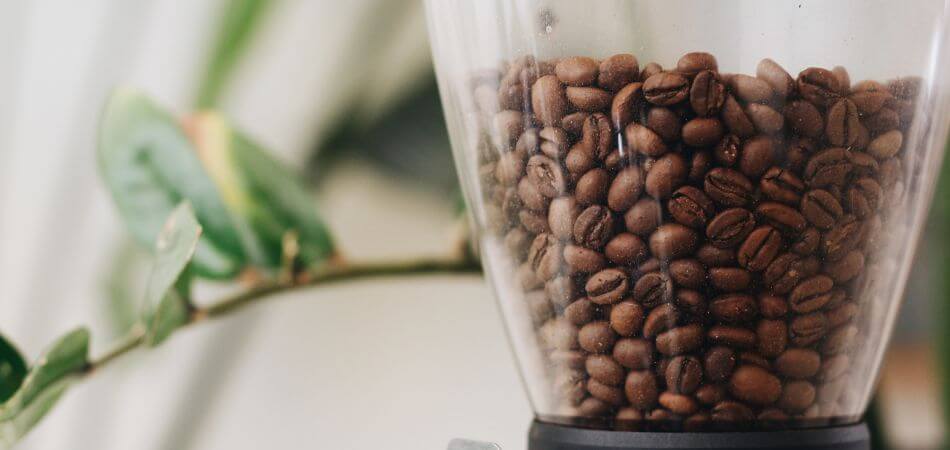
What is a Burr Grinder? (The Coffee Pro’s Secret Weapon)
If you’re serious about coffee, a burr grinder is a game-changer. Instead of randomly chopping beans, it crushes them between two abrasive surfaces (burrs) for perfectly uniform grounds every time.
How Does a Burr Grinder Work?
- Two burrs (flat or conical) adjust to crush beans at a set distance.
- Precise grind settings (from ultra-fine for espresso to coarse for French press).
- Minimal heat → preserves delicate coffee flavors.
Types of Burr Grinders
| Type | Best For | Noise Level | Price Range |
|---|---|---|---|
| Flat Burr | Espresso (high precision) | Loud | $100–$500+ |
| Conical Burr | All methods (balanced) | Quiet | $50–$300 |
| Manual Burr | Travel/camping | Silent | $20–$100 |
Pros of Burr Grinders
✅ Consistent grind size → better extraction, richer flavor.
✅ Adjustable settings (ideal for espresso, pour-over, AeroPress, etc.).
✅ Durable (lasts years longer than blade grinders).
Cons of Burr Grinders
❌ More expensive (worth it if you care about quality).
❌ Bulkier (takes up more counter space).
❌ Learning curve (dialing in the right grind size takes practice).
Who Should Use a Burr Grinder?
- Espresso lovers (needs ultra-fine, even grounds).
- Pour-over/AeroPress users (precision matters).
- Anyone tired of inconsistent coffee flavor.
👉 Pro Tip: Clean burr grinders monthly with a brush or grinder cleaning pellets to prevent stale coffee buildup.
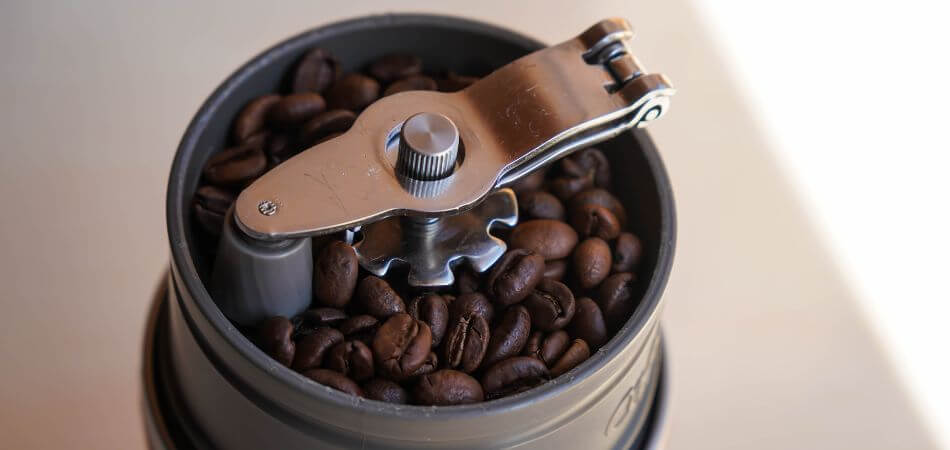
Key Differences: Burr Grinder vs Blade Grinder (Side-by-Side Comparison)
Now that we understand how each grinder works, let’s compare them head-to-head so you can see exactly which one fits your needs.
Comparison Table: Burr vs Blade Grinder
| Feature | Blade Grinder | Burr Grinder |
|---|---|---|
| Grind Consistency | Uneven (mix of fine & coarse) | Uniform (precise particle size) |
| Price | $10–$30 | $50–$500+ |
| Durability | 1–3 years (motors burn out) | 5–10+ years (long-lasting) |
| Noise Level | Loud (blades spinning fast) | Quieter (especially conical burr) |
| Heat Transfer | High (can overheat beans) | Minimal (cool grinding) |
| Brew Methods | Best for French press, drip | Works for ALL methods (espresso, pour-over, etc.) |
| Maintenance | Easy (just wipe clean) | Needs occasional deep cleaning |
Which Grind Looks Better?
- Blade grinders produce a mix of:
✖ Boulders (large chunks that under-extract → sour taste)
✖ Fines (tiny dust particles that over-extract → bitter taste) - Burr grinders give you:
✔ Uniform particles → balanced extraction → sweeter, smoother coffee
Noise & Convenience Factors
- Blade grinders sound like a mini chainsaw (annoying for early mornings).
- Burr grinders hum quietly (especially conical burr models).
- Speed: Blade grinders work in seconds; burr grinders take 10–30 seconds.
Which One Should You Buy? (Decision Guide)
Still stuck choosing? Let’s make it simple. Ask yourself:
✅ Get a BLADE Grinder If You…
- Are on a tight budget (under $30)
- Mostly brew French press or drip coffee (forgiving methods)
- Don’t care about “perfect” flavor (just want caffeine)
- Need a small, travel-friendly option
✅ Get a BURR Grinder If You…
- Want café-quality coffee at home
- Drink espresso, pour-over, or AeroPress (needs precision)
- Are tired of inconsistent flavors
- Don’t mind spending $100+ for long-term value
Best Budget Picks
- Blade: KRUPS F203 ($25, reliable)
- Burr: Baratza Encore ($140, best entry-level)
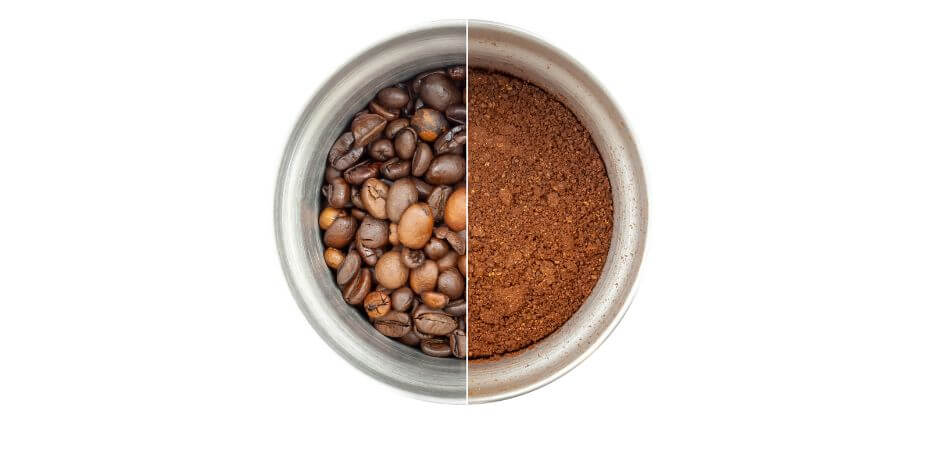
Maintenance Tips (Keep Your Grinder Fresh!)
Blade Grinder Care
- Clean weekly: Wipe out old grounds with a dry brush
- Avoid moisture: Never wash the motor base
- Grind rice occasionally to remove oily buildup
Burr Grinder Care
- Monthly deep clean: Disassemble burrs, brush out residue
- Use Grindz tablets every 3 months for thorough cleaning
- Never use water on electric models
👉 Pro Tip: Always grind fresh beans—pre-ground coffee loses flavor fast!
Final Verdict: Is a Burr Grinder Worth It?
The Truth About Coffee Grinders
- Blade grinders are “good enough” for casual drinkers
- Burr grinders unlock next-level flavor—if you care about taste
My Recommendation
“If you drink coffee daily and want to enjoy richer, smoother cups, invest in a burr grinder. But if you just need caffeine fast, a blade grinder does the job.”
Your Next Step
- Beginners: Try a blade grinder first, upgrade later
- Coffee lovers: Skip the frustration, go straight to burr
What’s your experience? Do you prefer blade or burr? Let me know in the comments!
FAQ’s
Is a burr grinder really better than a blade grinder?
Yes, a burr grinder is generally better than a blade grinder because it provides a more consistent grind size, which leads to better extraction and richer flavor.
What is the disadvantage of a burr grinder?
One disadvantage of a burr grinder is that it tends to be more expensive than blade grinders. Additionally, it can be slower, and cleaning it may require more effort due to its complex design.
Do I really need a burr coffee grinder?
While a burr coffee grinder is not strictly necessary, it is highly recommended for consistent grind size, which leads to better flavor extraction.
Does coffee taste better with a burr grinder?
Yes, coffee generally tastes better with a burr grinder because it provides a consistent grind size, ensuring more even extraction and richer flavor.

